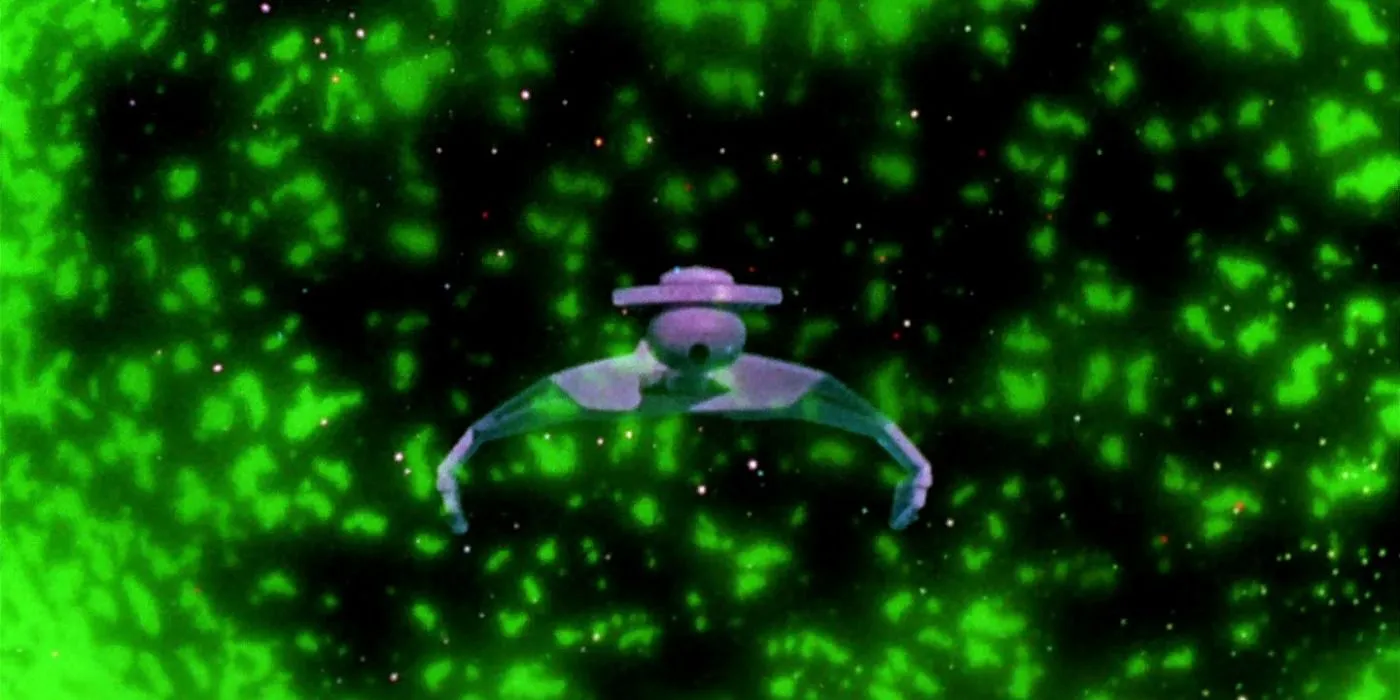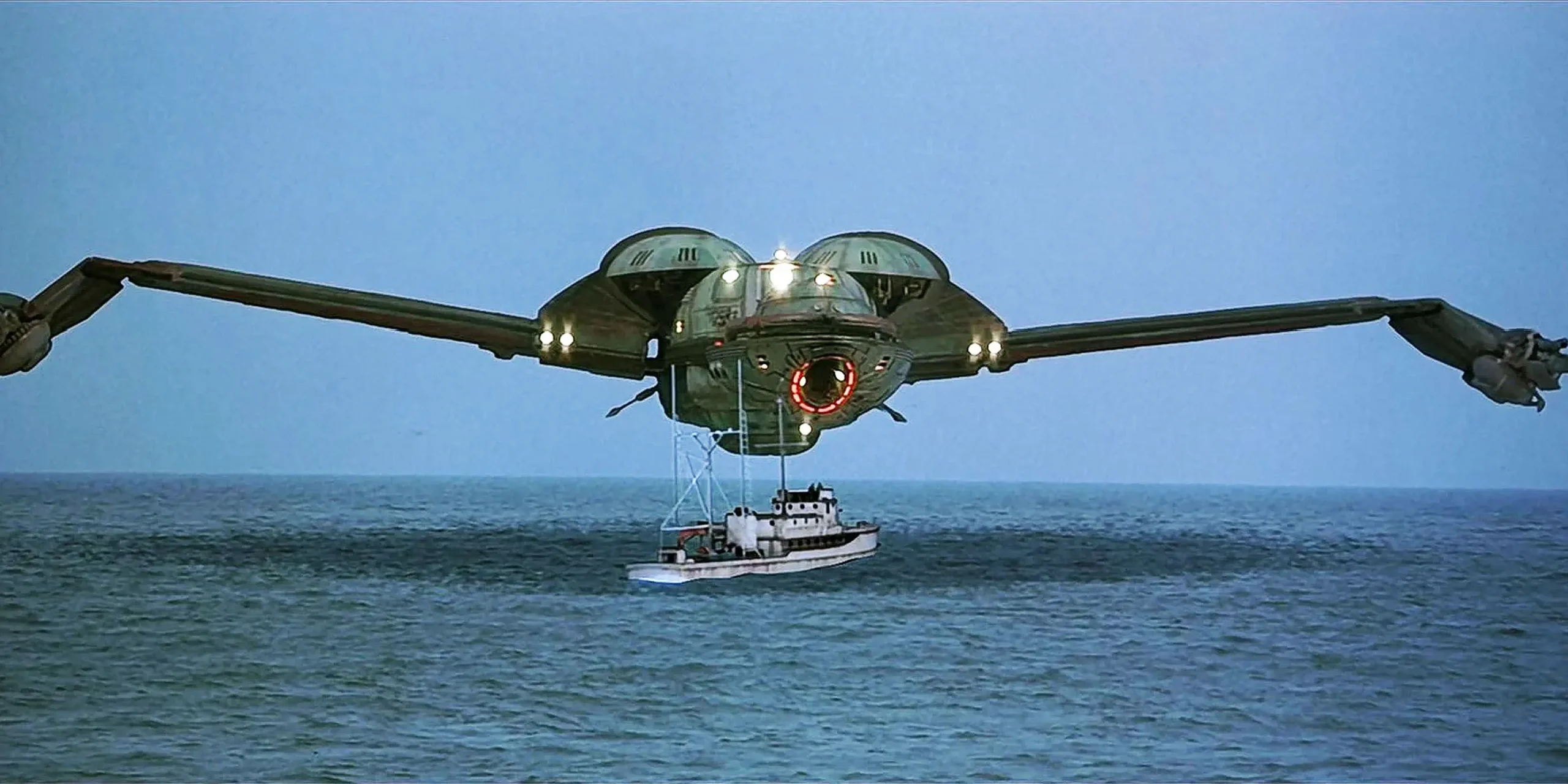
The Star Trek universe features iconic starships known as Bird-of-Prey, distinctively associated with both the Klingons and Romulans. The first appearance of the Romulan Bird-of-Prey, designated as the T’Liss-class, occurred in season 1, episode 8 of Star Trek: The Original Series titled “Balance of Terror.”The name refers to the predatory bird motif painted on the vessel’s hull. Interestingly, in season 3, episode 2, “The Enterprise Incident,”a Romulan starship was notably similar in design to the D7-class Klingon battle cruiser depicted in episode 13, “Elaan of Troyius.”This later design would serve as the blueprint for a variety of Klingon ships featured throughout the franchise.
Over time, the title Bird-of-Prey shifted from its original affiliation with Romulan starships to become synonymous with Klingon vessels. The T’Liss-class, with its saucer-shaped hull and side nacelles, bore a closer resemblance to Starfleet starships than subsequent Romulan designs. The unique silhouette of the Klingon D7, crafted by production designer Matt Jeffries, was intended to convey a sense of threat to viewers. Jeffries drew inspiration from manta rays, creating a design that actually appeared to mimic a bird in flight, further solidifying the Klingon connection to the Bird-of-Prey moniker.
Why Klingons & Romulans Share the Bird-of-Prey Design in Star Trek
Budget Constraints Influenced Starfleet’s Design Choices

This intriguing blend of ship designs can be traced back to production decisions during the filming of Star Trek: The Original Series. Specifically, in season 3, episode 2, “The Enterprise Incident,”the original Romulan Bird-of-Prey model used in “Balance of Terror”was not available. Consequently, the production team opted to utilize the already available Klingon D7 model. This choice not only streamlined production costs but also aimed to bolster merchandise sales from model kits of the D7, resulting in a strategic dual benefit for the creators.
The shift in starship identification was concisely explained when Commander Spock, portrayed by Leonard Nimoy, noted that Romulans were leveraging Klingon-style vessels. This narrative device not only provided a cohesive rationale within the story but also contributed to a richer interconnected Star Trek universe, setting the groundwork for the eventual rivalry between the Klingons and Romulans while offering an insightful explanation for the Klingons’ acquisition of cloaking technology.
Klingons Retain the Bird-of-Prey Name While Romulans Develop the Warbird
Iconic Designs: The Klingon Bird-of-Prey and Romulan Warbird





Following the events of Star Trek: The Original Series, the Klingon Bird-of-Prey made a prominent return, whereas the Romulans transitioned to the formidable Warbird design, recognized as one of the most powerful starships in the franchise. Initially, Star Trek III: The Search for Spock was set to feature a Romulan Bird-of-Prey taken over by Klingons, but a change in script led to the Klingon name sticking with the new design. Subsequent films amplified the popularity of the Klingon Bird-of-Prey, especially as Admiral James T. Kirk, played by William Shatner, captured and utilized a B’rel-class Bird-of-Prey in his time-travel escapades in Star Trek IV: The Voyage Home.
|
Ship Class |
Years Active |
Crew Complement |
Length |
|---|---|---|---|
|
D7 Battle Cruiser |
2250s–2270s |
430 |
228 meters |
|
K’t’inga Class Battlecruiser |
2273–2375 |
800 |
350 meters |
|
B’rel Class Bird-of-Prey |
23rd century |
12 to 40* |
60 to 139 meters* |
|
K’Vort Class Bird-of-Prey |
23rd century |
300 |
320 meters |
|
Class 5 Bird-of-Prey |
2380s |
6–12 |
*Exact measurements for the B’rel class vary across different sources.
With the alleviation of budget constraints that had previously constrained design creativity in Star Trek: The Original Series, the starships encountered in Star Trek: The Next Generation benefitted from a more diverse and striking aesthetic. The Class 5 Klingon Bird-of-Prey and various other iterations retained the celebrated design character of its predecessors, while the Romulan Warbird emerged as a sleek and advanced starship, further diversifying its formidable weaponry. With the introduction of the Warbird, the Romulans effectively abandoned the Bird-of-Prey design, allowing this iconic nomenclature and style to be firmly established within Klingon heritage.




Leave a Reply